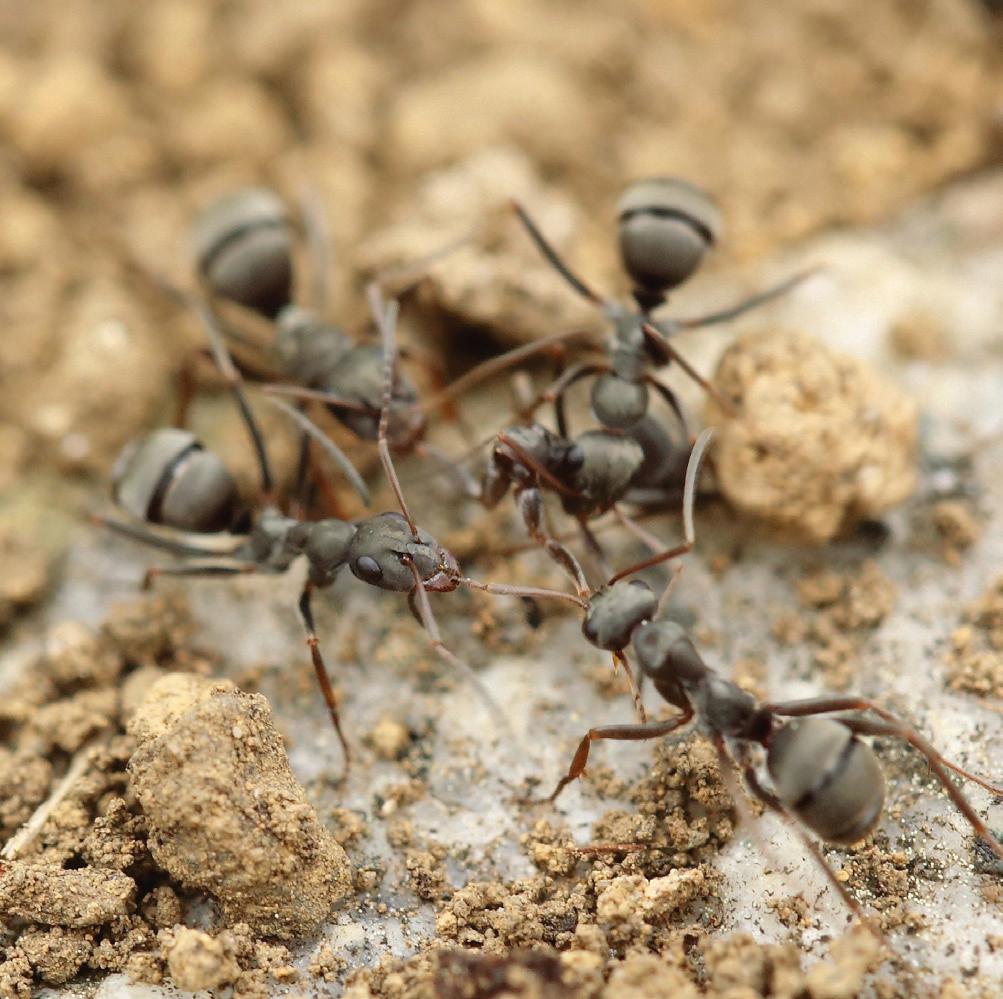
3 minute read
Become a Community Scientist
When dealing with conservation, big issues like climate change and wildlife trafficking can seem far beyond our control. However, the way to manage these crises, and even solve them, is not to let the task overwhelm us into inaction. Here are five things beyond the proverbial ‘reduce, reuse, and recycle’ that you can do to make a real impact right now!
Camera Trap Image
Photo credit: Painted Dog Research Trust

1. identify camera trap images
Identify wildlife images and videos caught by camera traps for conservation organizations around the world. Camera trapping is a non-invasive monitoring method used to study wildlife. These images provide important information to help protect species. The Living Desert works with organizations around the world including Grevy’s Zebra Trust, Painted Dog Research Trust, and Chaco Tapir Project in the U.S., Zimbabwe, Kenya, and Paraguay, looking at thousands of videos and photos of wildlife. Volunteers are essential in sorting these images.
Please contact Volunteer Program Curator, Justin Carmichael at JCarmichael@LivingDesert.org if you are interested in helping code camera trap images.
2. survey local ant species
Understand the ants in your backyard. Fifty years ago two historical entomologists began a survey of ants in an area that spanned from Santa Rosa Mountains, spread through Deep Canyon, Palm Desert, and all the way down to the Whitewater River Channel. We are asking the public to sample ants in their own backyard using a safe and easy bait and freeze trap supplied by (and then returned to) The Living Desert. We are interested to learn how development and climate change are affecting local biodiversity in the watershed in which The Living Desert resides.
Please contact Conservation@LivingDesert.org for your free ant biodiversity kit.



Seafood Watch Guide
Download iNaturalist to your phone for free and use it to keep tabs on the exploding raven population here in our valley. Ravens are an opportunistic species that take advantage of the extra food provided from uncovered trash to expand their populations. By tracking raven movements, we can identify and address problem sites. Because these unnaturally large numbers of ravens also prey on young desert tortoises, please don’t forget to cover your trash to deter them from an area.
Download iNaturalist on your iPhone or Android device for free, join the Raven Report project, and start reporting your raven sightings in the Coachella Valley.
4. help local pollinators
Fill your garden with native plants that are crucial for reinvigorating dwindling populations of monarch butterflies, and sustaining local pollinators. Or, build a twig nest as a safe place for solitary bees to lay eggs. Twig nests can be made easily by drilling holes into a wooden block and securing it to a post or fence, or by fastening together a bundle of bamboo sticks and then wedging them tightly into the fork of a tree. Pollinators are vital in a healthy ecosystem!
Visit The Living Desert’s gift shop to purchase native plants, including: Penstemon, Butterfly mist, Smoketree, Sages, Milkweed, and Dogweed.
5. seafood watch
Use the Seafood Watch consumer guides if you choose to eat seafood. Sadly, unsustainable fishing practices have led to the critical endangerment of many marine species including the Vaquita. Monterey Bay Aquarium evaluates the seafood marketplace and distributes free resources on ethical seafood consumption.
Visit http://www.seafoodwatch.org for a downloadable Seafood Watch consumer guide.




